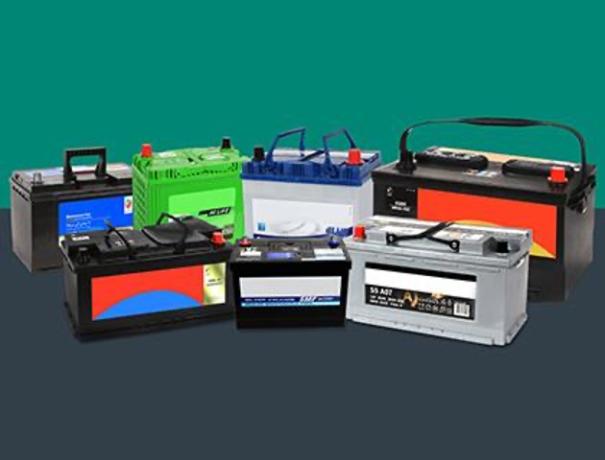Car batteries are the heart of a vehicle’s electrical system. They provide the power needed to start the engine, run headlights, and power accessories. Replacing a battery with the wrong size can adversely affect a vehicle’s performance, shorten the battery’s lifespan, and, in severe situations, cause safety issues, including injury. Discover how to find the perfect battery size for your vehicle and ensure it lasts.
Finding the Perfect Battery Size for Your Vehicle
You can use a VIN decoder or the vehicle owner’s manual to determine the correct size and style of battery for your car. You can also do a battery lookup in an auto parts store or ask a representative for assistance.
Most car batteries follow the Battery Council International group size system, which ensures batteries fit specific vehicles. The BCI determines the appropriate physical dimensions, terminal placements, and sometimes terminal types for various vehicle batteries.
Beyond BCI and specific vehicle recommendations, you may also consider cold cranking amps or reserve capacity of different battery types. Cold-cranking amps, or CCA, refer to the amount of power the battery can deliver when starting in cold temperatures. Reserve capacity refers to the number of minutes a battery can sustain a load if a vehicle’s charging system fails. While CCA and RC are important battery considerations, fitment should be the first priority when choosing a battery.
The Importance of Correct Battery Fitment
Fitment, or how the battery fits and sits in an engine, is crucial to its operation. A poorly fitted battery may not sit securely in the battery tray, which can lead to vibrations, potential short circuits, acid leaks, and fires.
Also, beyond safety hazards, a battery that is too small may have difficulty delivering enough power to start, especially in extreme temperature shifts. The struggle can result in the battery overworking, which shortens its lifespan.
A battery that is too big might have installation challenges, again leading to fit issues. Also, when too large, a battery may not receive sufficient airflow around it, causing it to overheat, which in turn reduces the battery life.
Car Battery Dimensions
The BCI uses a group-size coding system to help vehicle owners choose the correct car battery dimensions without having to know precise dimensions. For example, BCI Group 35 are batteries that can usually fit smaller cars and some sedans. Group 65 is typically for SUVs, light trucks, and larger sedans. Group 48 is often reserved for full-size vehicles, SUVs, and trucks.
The group number may also have letters or initials that follow. Those letters may indicate design variations, such as terminal types and regional fitment differences.
As usual, check your vehicle’s owner’s manual to learn more about what size battery you need. Also, consult an auto parts specialist to learn more about battery alternatives and to help you select the correct size battery for your vehicle. For more specific and precise insight, take your car to a mechanic or auto parts store. They can help you identify your existing battery and offer suggestions for replacement.

